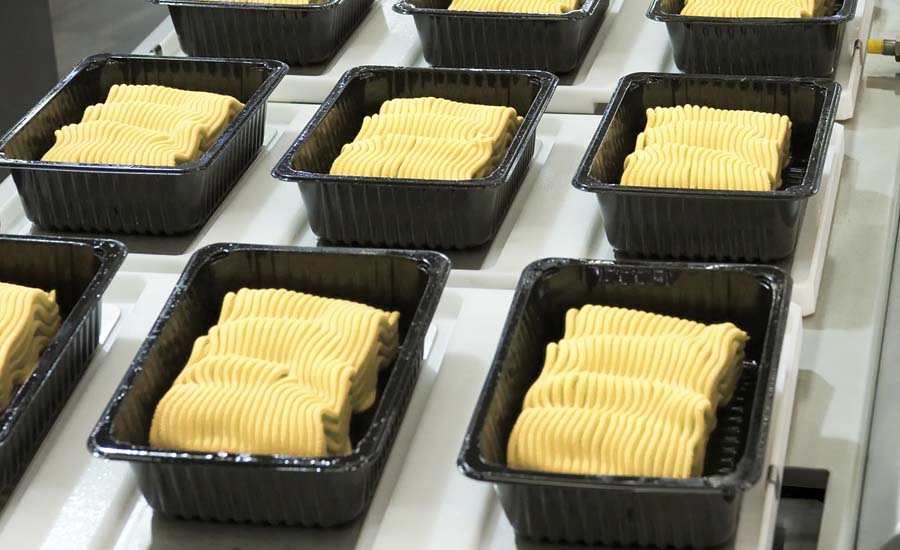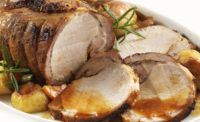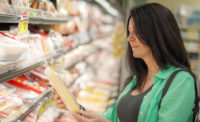As Americans take notice of increasingly strained global food resources, new research from Mintel, Chicago, reveals that four in five (80%) U.S. food shoppers agree that reducing food waste is as important as reducing packaging waste. In an effort to limit waste, half (52%) of consumers prefer to buy foods with minimal/no packaging.
The study, “Food Packaging Trends – US, June 2016” shows that 81% of consumers say that they would choose resealable packaging over non-resealable packaging, and more than half (54%) would pay more for packaging with added features such as resealablity or portion control, with three in 10 (30%) often reusing food packaging for other purposes. However, recycling food packaging is far from a universal behavior, as just two in five (42%) consumers report recycling most of the food packaging they use.
A lack of clear communication on labels may be a contributor to the relatively low recycling rate, as one quarter (25%) of consumers agree that it’s not always clear which food packaging is recyclable. Further, only 13% of consumers make an effort to avoid foods in packaging that cannot be recycled.
“Our research shows that reducing food waste is top of mind for consumers. This presents opportunities for food brands and retailers to address these concerns through innovative packaging and product messaging,” says John Owen, senior food and drink analyst. “The prevention of food waste can be positioned not only as a good way for consumers to save money, but also as a way to work toward reversing the growing food waste trend through conscious consumption.”
With snacking on the rise among on-the-go Americans, single-serve food packaging is growing in popularity. In fact, 36% of consumers are interested in packaging that allows food to be eaten on the go, while one quarter (23%) often buy individually portioned packs.
When it comes to the more perishable food items purchased, smaller packages appear to be the way to go. Mintel research reveals that more than half (53%) of consumers agree fresh produce spoils before they can eat/use it and two in five (41%) would pay more for vegetables that come in single-serve packages. What’s more, 56% of consumers would be motivated to select one food product over another if its packaging better prevented food from going bad.
Consumers are also interested in taking a more “eyes-on” approach when food shopping—38% agree that they would be motivated to choose one food product over another if the packaging allowed them to view the contents. And, food packaging with a cut-out window accounted for 12% of all new U.S. carton-based product launches in the first five months of 2016, up from 8% in 2013.
“Package innovation is playing a key role, as food retailers respond to an ongoing shift away from the traditional three sit-down meals a day in favor of snacking and on-the-go eating. In an effort to capitalize on ever-evolving eating occasions, brands should look to package products in single-serve portions for greater portability. To further build trust and increase purchase confidence, brands and manufacturers could incorporate transparent packaging, enabling consumers to evaluate the contents with their own eyes before committing to a purchase,” says Owen.
As highlighted in Mintel’s 2016 Global Packaging Trends study, flexible packaging is no longer considered a compromise for brands, as demand for single-serve packaging grows and consumers associate flexible pouches with being modern. In fact, 34% of consumers view flexible pouches as “modern,” compared to two in five (40%) consumers who perceive glass packaging as “old-fashioned.”
However, despite its antiquated image, consumers are more likely to agree that glass is reusable (49%) and effective at retaining freshness (38%). And, while flexible pouches are seen as more innovative and portable (44%), consumers are less likely to view the packaging as being reusable (11%) or retaining freshness (21%) when compared to glass.
“While the need for portability is forcing some brands to forgo glass for more convenient packaging options, glass hits on the trend of package reusability and is considered visually appealing to many consumers. As such, brands that use glass packaging should market their products with a second life for its package in mind. Packaging continues to grow more important in the food marketing mix, and brands should look to packaging to not only convey benefits and product information, but also to shape a consumer’s experience with the product and to capture new use occasions,” adds Owen.



